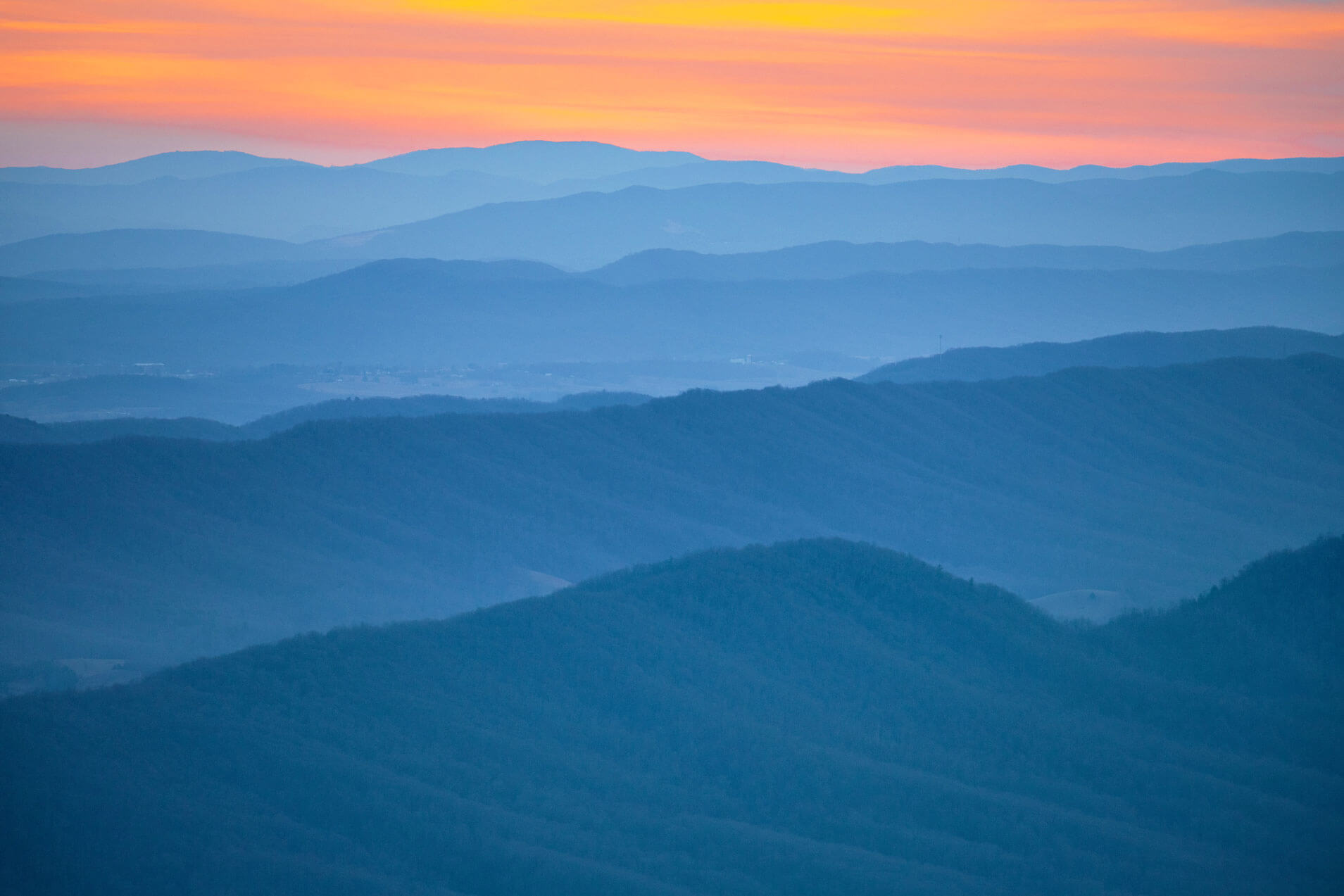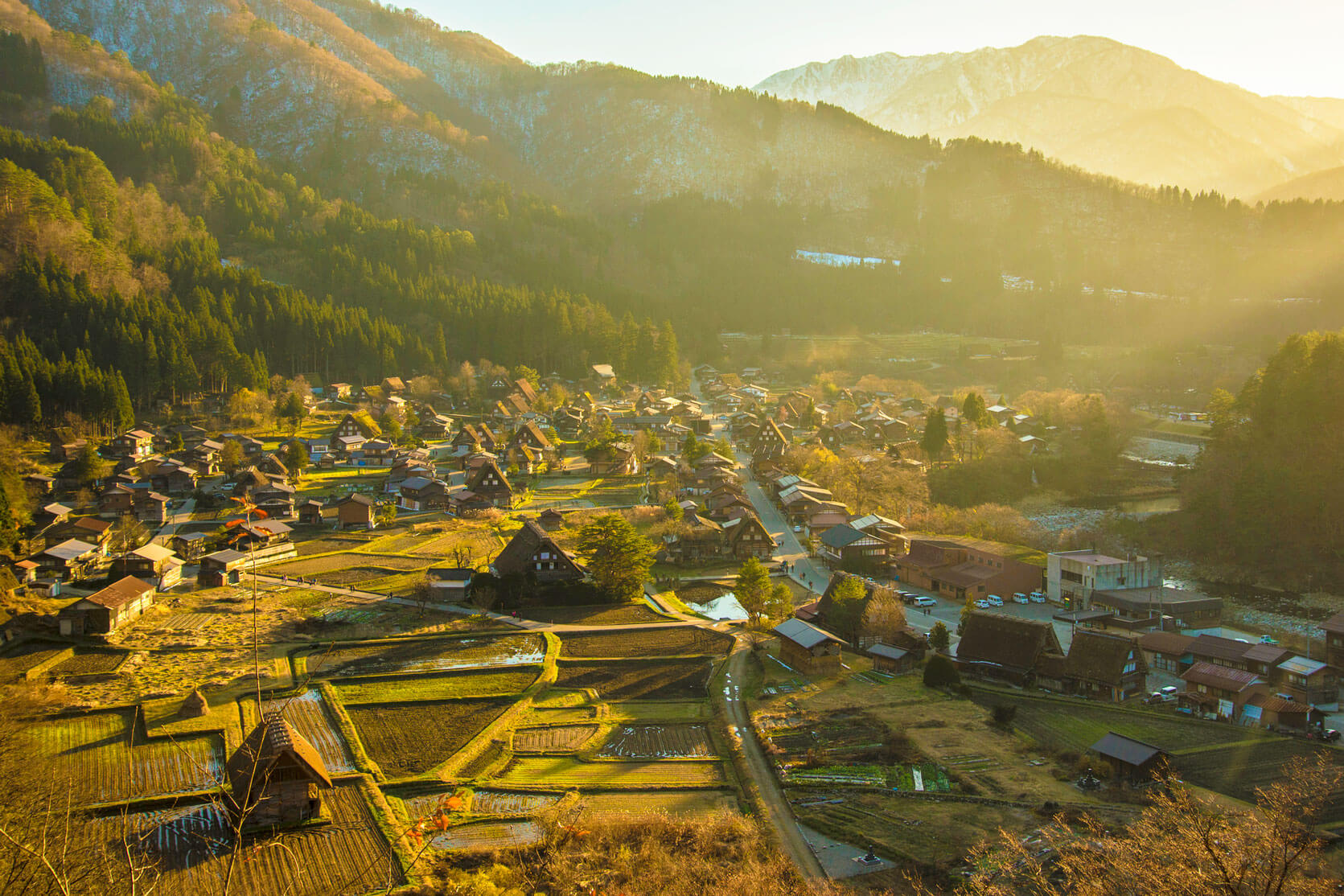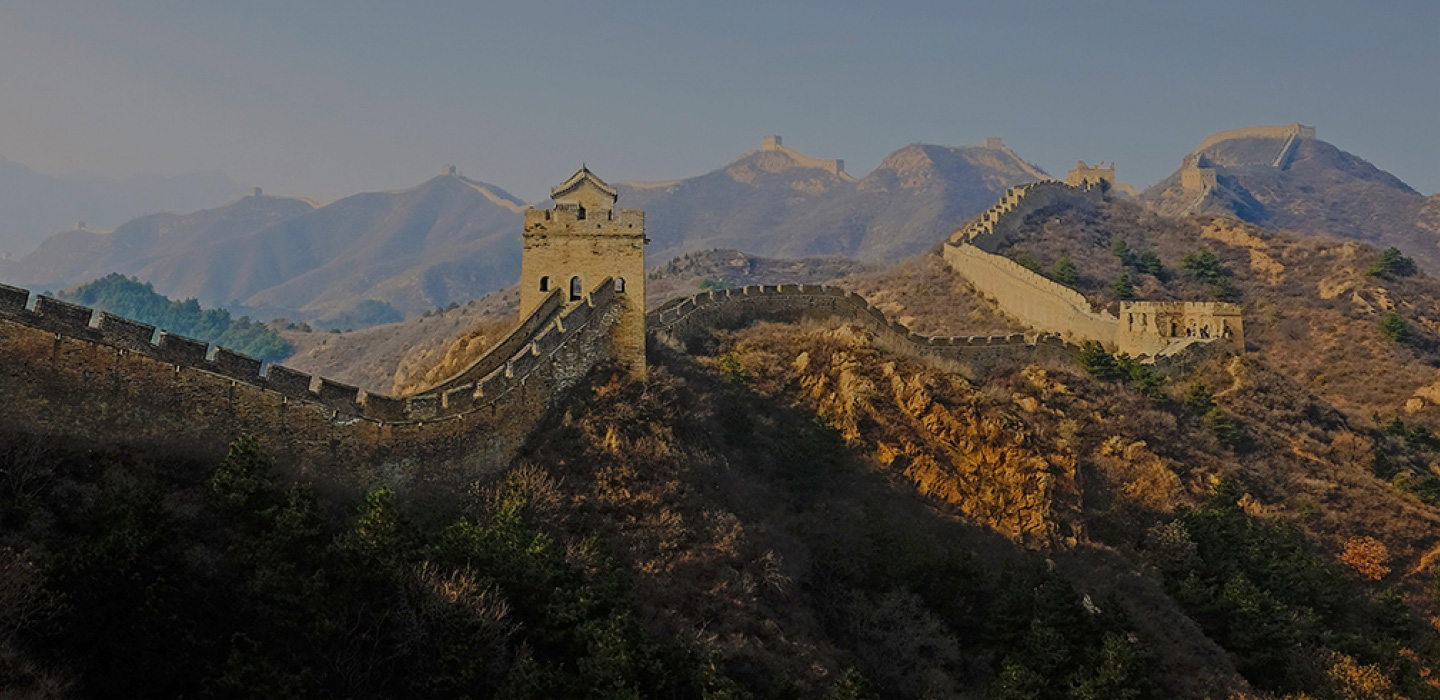Welcome to the world of Travel Quiz!
Want fun, challenging travel quizzes (like these below) emailed directly to you? Subscribe now!
Food & Drink

10 Questions
Test Your Sweet Tooth With This Quiz on Dessert Origins
General

30 Questions
Keep It Brief in This Quiz on Country Nicknames
Arts & Culture

20 Questions
Get a Blue Ribbon on This State Fair Quiz
General

10 Questions
How Much Do You Know About NYC Neighborhoods?
Geography

20 Questions
Can You Name These Countries by Their Outlines on a Map?
Nature

20 Questions
How Well Do You Know the Forests of the World?
Landmarks

20 Questions
Pay Your Respects With This Quiz on Famous Memorial Sites
Nature

20 Questions
Can You Go The Distance On This Appalachian Trail Quiz?
History

20 Questions
Hit the Gas on This Interstate Highway System Quiz
Nature

10 Questions
Dip Your Toes in the Sand With This U.S. Beaches Quiz
History

20 Questions
Embark on a Tour of Renaissance Italy With This Quiz
History

10 Questions
Can You Recall the Former Names of These World Cities?
Geography

21 Questions
Count Your Right Answers in This U.S. Population Quiz
Whether you’re an armchair tourist or a jetsetter IRL, Travel Quiz delivers globe-spanning trivia challenges and daily destinations to spark your wanderlust. With each quiz, earn points as you grow and test your knowledge — and daydream about your next adventure.

Test your knowledge and earn badges along the way!
Check your progress from your Dashboard


